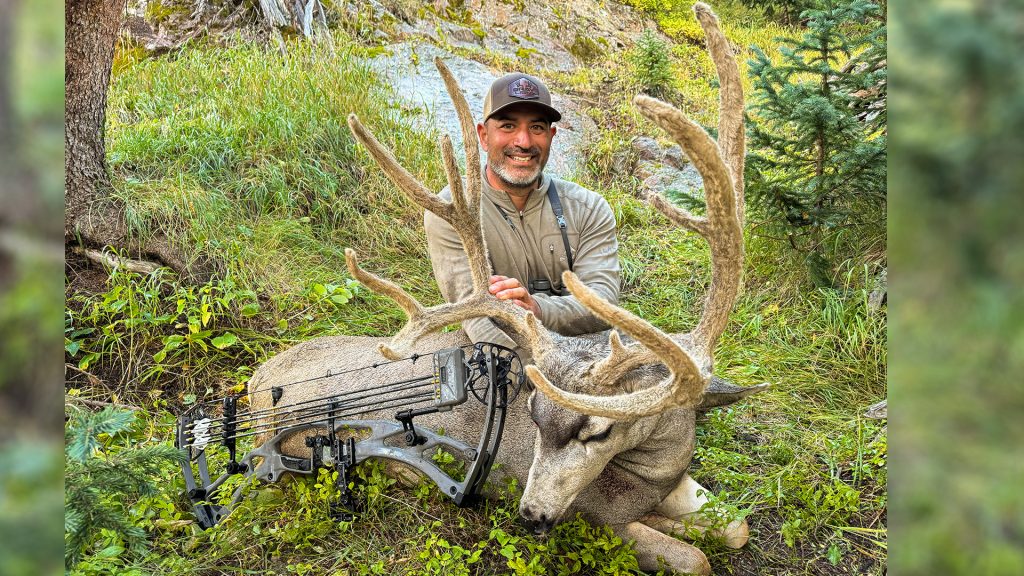
As we practice, plan, and anticipate our hunts each season, it is hard to slow down our minds at times to truly think beyond our first aid kits. In so many ways, the gauze, bandages, and tape are kind of a nice little failsafe for the small unanticipated injuries but what about the truly life course altering tragedies? Are there any ways in which we might be able to alter the trajectories of our own lives in the wilds? If so, what might those decisions and circumstances look like?
Often, I have sat back and analyzed my choices in the mountains over the years and I can genuinely pull from a handful of instances each year where I realistically had no business doing what I was attempting. As the years pile on, I realize that I need to make better choices as the sum of our success in health ultimately depends upon it. With the recent tragic losses, we have seen within our community out in the back country, I thought that I would talk a little about my experiences, as I am certain that my experiences most likely mirror some of your own. Especially since many of us are hunting in similar terrain, that is rugged, remote, and raw.
First off, I would like to add that there is no way to prevent acts of God. I am a believer that when he wants us, he is taking us no matter what we want. For everything else, there is this voice that resonates within us all and we must listen to it.
The mountains provide freedom, resonance, and peace to all of us. Whether we are chasing an animal that we have pursued for years or simply for the sustenance and purpose of filling our freezers. We can mostly all agree that we all desire the wide-open vistas, the big mountains, endless ridges, and big sky of open Western public lands! It is no surprise that with all of the testosterone flowing these days, that bravado can sometimes get the better part of good judgement and my intent is simply to add in a bit of reasoning to go along with it.
This past season my good hunting partner took a hard fall coming off the mountain while solo hunting elk. Thankfully he did not lose consciousness and thankfully even though he was severely busted up, he was able to get himself off of the mountain. During the ordeal, I was en-route to aid him, and we were able to communicate through the event via inreach. Luckily, we have a series of failsafe’s in place that allow us to communicate while we are out alone. We also have drop dead times where we know we better communicate, or SAR will be called. The easiest protocols for basic safety are…
1) Have a plan and stick to the plan. If you deviate from the plan, communicate your intentions to your trusted partner. By partner, I mean someone who you trust in the mountains to get you out in an emergency and someone close by that can render immediate assistance within an hour or less.
2) Have an inReach with an unlimited plan
3) Have a battery charging bank in order to recharge phones and inReach batteries that are only for emergencies, a power bank that you don’t utilize for anything else, and you make sure you charge it prior to a hunt.
4) Have failsafe protocols in place. For example, “If you are not off the mountain by midnight, SAR will be called”.
5) Have and maintain self-arrest equipment such as a lightweight tourniquet and understand how to utilize it.
The most predictable thing in the world that we can take to the bank while we are in the wilds is that Mother Nature truly doesn’t care. I think there is a lot of peace in this knowledge because we understand the rules clearly and as such, we are able to know that mistakes up here have consequences, which leads me to this next part.
KNOW YOUR LIMITATIONS
Oftentimes we push way harder than we should and many times if we don’t spend enough time preparing beforehand during the off season, we find ourselves fatigued, drained, running on E and potentially making bad calls. This is where we can learn from season to season and add to our toolbox of woodsman ship skillsets.
Not all, however some factors to consider are Hydration, Electrolyte replacement, Elevation and altitude sickness, terrain, navigation, obstacle avoidance, route planning, weather, self-arrest techniques and acts of God. I will outline a few things that I believe are important to keep in mind, train for, anticipate and plan for. The rest are unknowns that we must leave to ourselves in the moment and Mother Nature.
Hydration is the foundational component to success no matter what we encounter. Being that dehydration can cause a myriad of issues from headaches, cramps, muscle spasms, recollection processes, attention span, death and much more, I will focus on this for a moment and as simple as it may sound, many of us push the envelope here trying to save weight. During any given day 2-3 liters of water a day is a minimum bodily requirement in the mountains if you are pushing hard, even if you’re tough and operate like a camel on two Mountain Dew’s and a snickers bar. The body needs to get rid of toxins and must flush itself, as a result massive amounts of salt is lost through sweat and must be replenished with a bare minimum of sea salt and raw honey, however I recommend any preferred brand of quick electrolyte mix packets. I like to use a small 12-16 oz. water bottle to mix and pound these electrolytes as I do not want my water bladders or bottles to be stained or to smell from the use of these packets, so I am sure to keep them separate from hydration bottles.
Altitude Sickness and its impact on hunts is a huge variable that must be approached with some level of knowledge. Altitude sickness, acclimation and understanding the effects of edema on the body and how to identify it in yourself and your buddy are of key importance. There are two types of edema, pulmonary and cerebral and both are deadly if not addressed immediately. Altitude is something that most of us will experience at some point or another, especially when hunts take us above 12,000 ft. Anything lower is generally mild in nature ranging from being out of breath to a mild headache. However, once the body passes that 12,000 ft mark everything changes. For whatever reason, that number really messes with the vast majority of folks and there are ways to properly mitigate it.
Let me first start off by saying that you cannot cheat the acclimation process. There are no short cuts and even a Diamox prescription won’t necessarily provide a cheat code for you as Diamox also has some nasty side effects that can often mirror altitude sickness itself. It takes approximately one week for your body to double its red blood cell count in order to facilitate proper oxygen absorption at altitude. The best path to a fruitful hunt is to provide yourself at least four days of acclimation. This means camp at 9,000 ft and venture up above 12,000 ft in short forays beginning on day one. Each hike should get progressively more challenging as each day passes and you will want to rest each night at or below 9,000 ft to achieve good blood O2 levels. By the fourth day, you will want to be spending all day above 12,000 to 13,000 ft in order to hit the ground running on opening day. During this time, you must properly hydrate, properly rest and keep a watchful eye for migraines, nausea, vomiting, a deep cough, dizziness and or vision issues. Edema affects your ability to think properly and often affects the affected with poor decision-making abilities. If oxygen saturation levels drop below 80% for any length of time, life threatening consequences can occur. Cerebral edema is literally brain swelling and pulmonary edema is a form of drowning on the fluid weeping into your lungs, causing profuse coughing. Slight headaches associated with nausea are common and normal, they are almost expected on days 1-3 to varying degrees. You should be able to work through these episodes with proper hydration, lowering elevation, an Advil or two and some rest. However, if it persists and does not go away and or it is accompanied with bleeding from the nose or a persistent cough or blood expulsion from the lungs, you need to drop elevation and seek immediate medical attention as edema has set in. In an emergency medical facility, you will be placed on Oxygen and required to remain below 8,000 ft for several days. Whether or not you can achieve altitude or not is up to your desire to try again or call it quits as some people may need far more time to acclimate or may not be able to achieve altitude whatsoever. Make no mistake here and do not ignore symptoms, people die from edema. While it is rare, do not be a statistic and be watchful for signs and know when to get help.
Terrain and Obstacle Avoidance
There are many times over the years where I have pressed the issue of getting in and out of rugged country. You cannot kid me, as I know that you all have as well. We push hard and sometimes press our luck in terrain that we have come accustomed to operating in. However, that doesn’t mean that we are being safe. In many circumstances, I make myself look at a slope with a cliff to climb above a chute and see what kind of exposure exists? Do you have people that love you or rely on you? We owe it to ourselves and loved ones to make sound choices. This past season, I was traversing a 50-degree slope covered in 6-inches of fresh snow. I couldn’t see the ground clearly and most of everything was covered. As I approached a 15-foot cliff, I could see that there were a couple of solid footholds and good anchor points for a solid three points of contact rule, however as I was envisioning a route, I saw that there was a foothold and two handholds missing in the route towards to top. Had I fell from there, it was a thousand-foot rag doll ride down the chute in snow, ice, and rock. Even though I was tired, I knew that I had no option but to climb further up, only to sidehill and drop back down in order to get around this obstacle at 13,400 ft. To say it was inconvenient was an understatement. I was cold, tired, wet and I really wanted to just try it and most likely I would have been okay; however, it was extremely technical, the result could have been catastrophic to life ending and too many people count on me back home, not to mention an animal is never worth it!
Weather systems are a very real part of our journeys into the wild and one of our most regular interactions in nature. Handling heavy weather is critical and we must understand how to read weather and be willing to adjust quickly according to building weather patterns. In the West above timberline, monsoonal electric storms are of critical concern. I am not afraid of much in general, however I have an extremely healthy respect for lightning. I leverage www.windy.com as a resource to watch for and monitor evolving weather events. If I know that weather will be building shortly after the diurnal shift, I will intentionally plan on stalking and being in position to arrow my intended quarry by noon to 1:00 PM. As I know that it won’t be but 2-3 hours before the weather will build and move in.
Each year is different as well. On some years, the rain won’t necessarily be accompanied by lightning and on others it is violent and terrifying. The idea is to plan according to the weather and know that you cannot out hustle nature. When watching weather systems, look for patterns, like afternoon monsoonal moisture shifts, low pressure system movement, duration, and precipitation levels to determine snowfall and snow depths over 12-, 24-, 48- and 72-hour periods, flooding, heat etc. Death from exposure isn’t always avoidable, however it can be anticipated and based upon your desired level of exposure comfort you can evaluate risk, prepare, and assess whether you want to sit out certain systems or press onward. This is a personal thing; however, the consequences can be weighed in finality if you choose wrong. In my opinion, it is more important to get rest and go in the direction of playing it safe rather than having to sit it out in garbage weather where you will likely deplete energy and be covered up with fog or adverse conditions any way. Give it the time to see how patterns develop and if you see a good window in the weather, then push hard.
If you happen to get caught in a rapidly developing storm where lightning is the concern, the best thing you can do is attempt to drop elevation as quickly as possible before it arrives at your location. You should hear it coming and take notice and move with intention, not with fear. Simply be calm, deliberate and anticipate. The best place to be is in your vehicle where the rubber tires insulate you from the elements. However, if you are caught out in the open, completely remove any metal from you and simply walk away from it! That means bow, belt buckles, you name it. Place distance from yourself and anything that can attract and conduct electricity.
You want to sit in a crouched position over your boots and simply tuck into a ball. Electricity will travel through your entire body, and it will eventually look for a ground, which will be through the bottom of your boots. If you are lucky, you will be knocked unconscious, burnt badly with holes blown out the bottom of your boots, with feet or possibly without feet. Worst case scenario, you’ll never know what hit you and that’ll be the end of it, or you’ll be surged into cardiac arrest, laying on the mountain in critical condition with a fried inReach that won’t work due to the electricity melting any circuitry in your electronics.
The facts are that none of us want to play with lightning or the odds of getting struck. We want to err on the side of caution and live to hunt another day. I like to say that there is no need to be afraid and zero need to panic. In every single scenario panic will get you dead. The best ways to prevent emergencies are to first have a plan, watch weather, be vigilant, never panic, always think, and then act and be preventative with everything you do. Remember that self-awareness is truly the key to having a fun, safe and enjoyable hunt. People that get hurt are generally rushing, running, reactive vs. think and make a sound decision and move deliberately with intention vs. erratic speed. Speed is good when necessary, however, speed can also put you in danger. For example, if you are downclimbing an avalanche chute at 13,600 ft. rapidly trying to get away from an oncoming electric storm, you can injure yourself trying not to get hit by lightning. The key here is to simply, always be calm, decisive, and deliberate.
You may notice that I hadn’t said much about wild animals here. Mostly because I do not believe that we as a group are as concerned about wildlife as we are about exposure and potentially other people. Wildlife we can leave for another time, however dealing with Alpha Level predators in the backcountry I believe is another valuable topic at some point.
Another point to cover is your medical kit. How comfortable are you with what you carry, have you practiced dry runs with yourself arrest equipment? Do you carry blood clot bandages for large lacerations, do you carry a tourniquet, and do you know how to use it? None of this is to fear monger, we are talking about awareness and preparedness; if not for ourselves, for the people around us.
Do you practice blade awareness when deboning animals in the backcountry, do you think about trajectory, path of travel and direction of travel if your blade or scalpel slips? As a rule, I am sure the majority of you practice good blade awareness, however I have seen more than my share of fatigued laziness during deboning or quartering out sessions.
One of my good friends, with over 40 years of skilled woodmanship, slipped and lacerated his leg very close to his femoral artery and he nearly died less than a mile from his vehicle from a self-inflicted accidental puncture to his inner thigh while removing a branch for a trail camera. Simple mistakes happen and had he not had a spare bicycle tire in his pack he would not be here today.
My intention with this article is not to scare you or to write something to create fear in what we do. I simply think it is important to create reminders for ourselves, to have failsafe’s, contingency plans and keep good friends around us to keep us thoughtful, safe, and aware. I am well aware that there is no way that I can cover everything in a short article and the list is far longer than what is written. We could go into hypothermia and cold, stress management, snow, desert washes, flash flooding, emergency first aid techniques and much more, however hopefully this might ignite an interest within you to do your own research, think more about your own personal protocols and most of all be thoughtful about your approach to your hunts each year. Paying special attention to a few small details here can keep you getting after it for years to come and hopefully you will never need anything yourself yet be prepared to assist others if they are ever in need.
All the very best to you and happy hunting!
 Eastmans' Official Blog | Mule Deer, Antelope, Elk Hunting and Bowhunting Magazine | Eastmans' Hunting Journals
Eastmans' Official Blog | Mule Deer, Antelope, Elk Hunting and Bowhunting Magazine | Eastmans' Hunting Journals
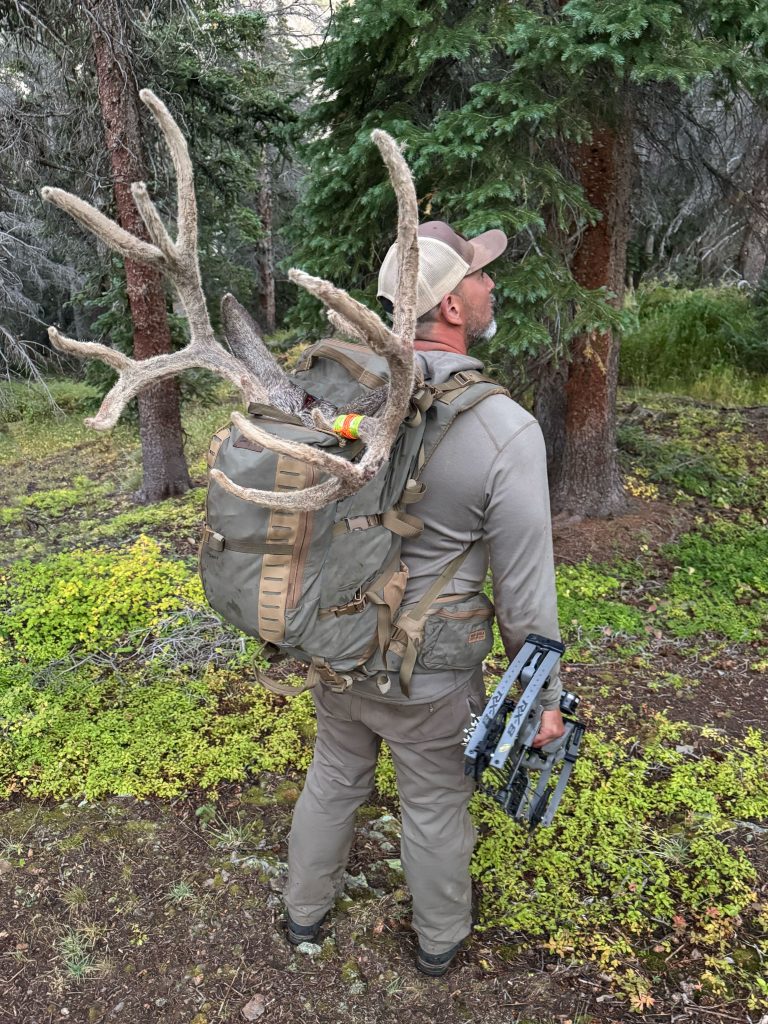
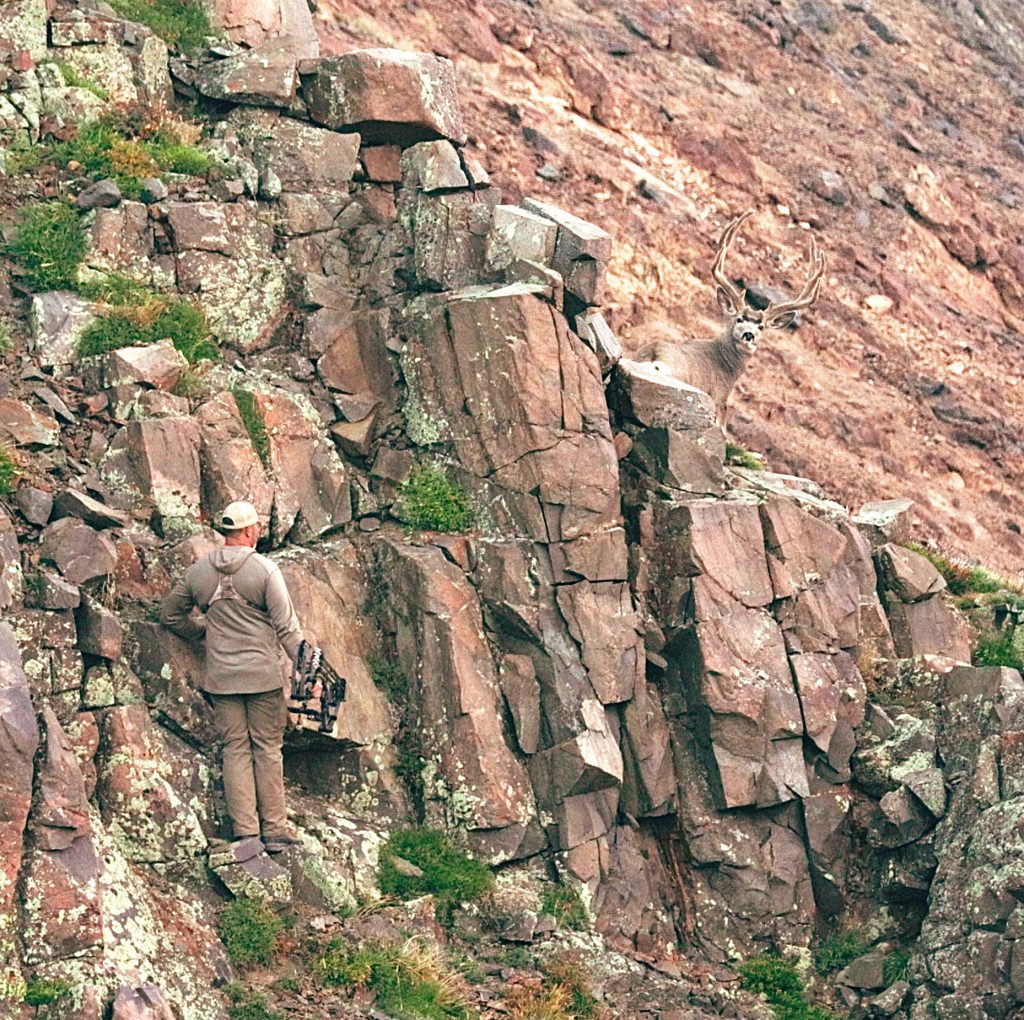
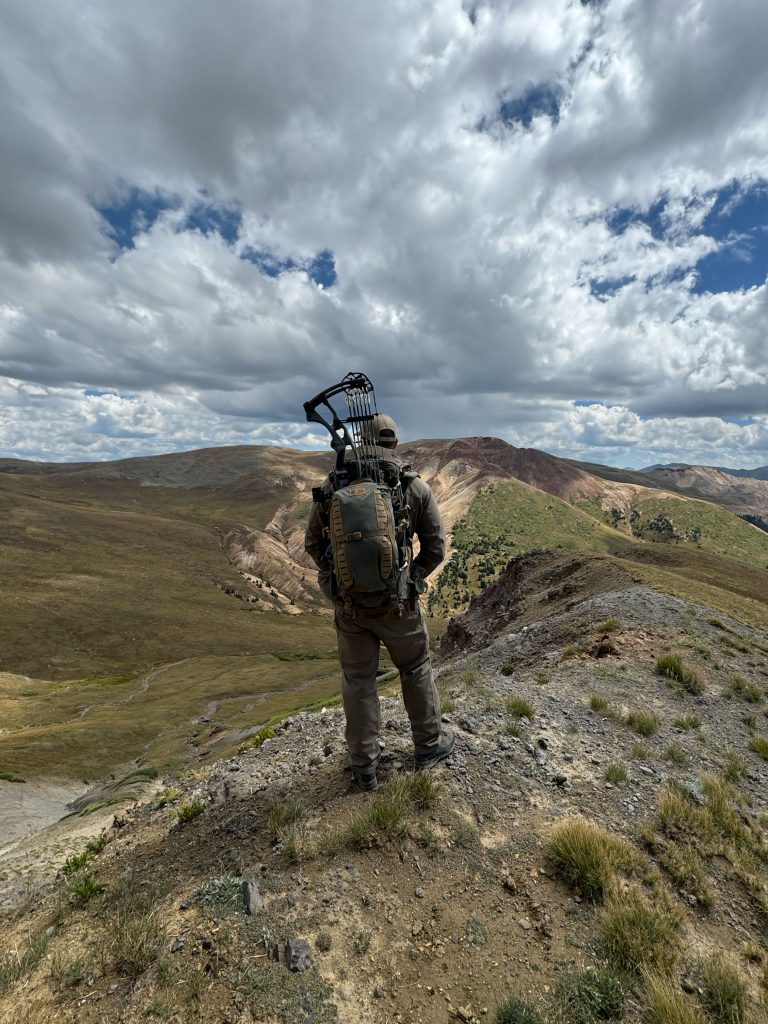

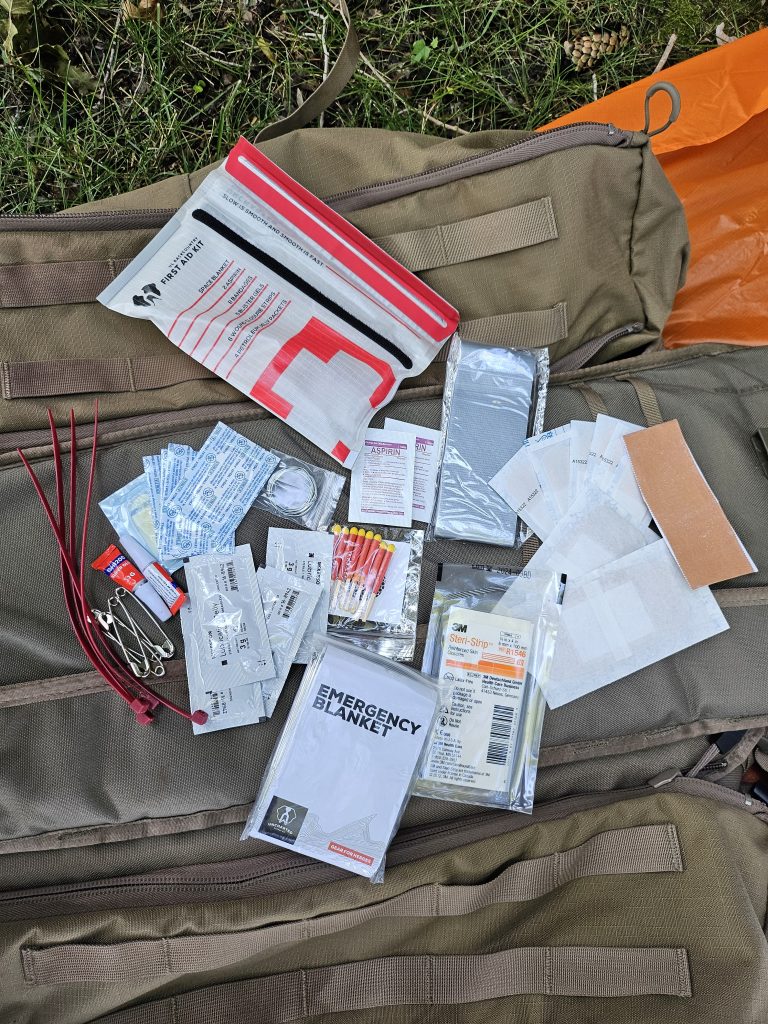





Excellent information. The biggest mistake I see is people not being prepared. A survival pack does no good in your camp or vehicle. It has to be light and compact enough that you ALWAYS carry it with you in the field.
I’m too old now to hike back into wilderness areas but I still carry basic survival gear with me at all times while in the mountains. I’m confident I could survive several days if needed and maybe not be particularly comfortable, but be able to endure and survive.
Excellent article & with the two young men being killed from a lightening strike a few weeks ago, it is another sobering reminder of the dangers we face out in the wild.